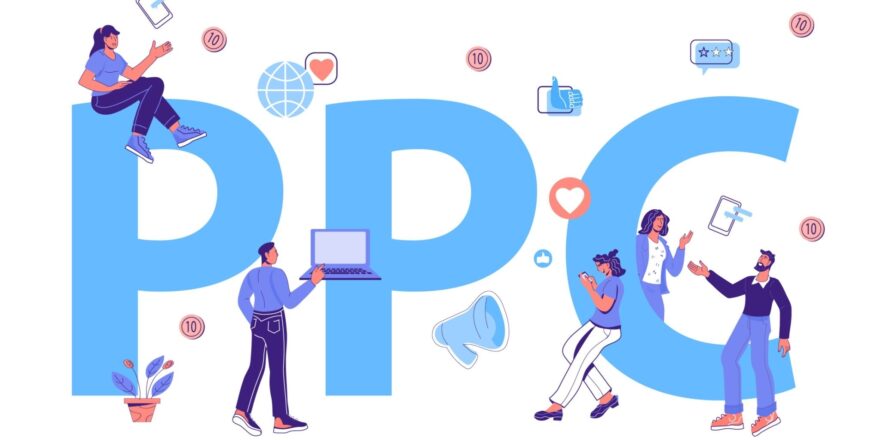Introduction
In today’s interconnected world, businesses have the opportunity to reach a global audience more easily than ever before. However, to truly connect with international customers, it’s essential to go beyond mere translation and embrace multilingual localization. Multilingual localization involves adapting your content, products, and services to resonate with local cultures and languages. This strategy can help you build trust, increase engagement, and ultimately extend your reach to new markets. In this blog post, we’ll explore the benefits of multilingual localization and provide practical tips for its successful implementation.
Understanding Multilingual Localization
Multilingual localization goes beyond basic translation. It’s a comprehensive process that considers cultural, linguistic, and contextual factors to ensure your content and offerings are not just understandable, but also relatable and relevant to the target audience. Here’s why it’s essential:
- Enhances User Experience: Localization provides a more natural and comfortable user experience. When content is presented in a language the user is familiar with and tailored to their cultural norms, it feels more personal and engaging. This positive user experience can lead to increased user retention and loyalty.
- Builds Trust: People tend to trust brands that make an effort to communicate in their language and understand their cultural nuances. Multilingual localization demonstrates your commitment to the local market, instilling confidence in potential customers.
- Increases Conversion Rates: Localized content is more likely to resonate with your target audience, leading to higher conversion rates. Whether you’re selling products, services, or information, speaking your customers’ language can make a significant difference in persuading them to take action.
- Expands Market Reach: By breaking down language barriers and adapting to local customs, you can tap into new markets and reach a broader audience. This expansion can open up new revenue streams and business opportunities.
Now, let’s delve into some practical tips on how to effectively use multilingual localization to extend your reach:
1. Thorough Market Research
Before diving into localization, conduct thorough market research. Understand the cultural nuances, preferences, and behaviors of your target audience in different regions. This research will help you tailor your content and offerings effectively.
2. Choose the Right Languages
Don’t assume that one language fits all. Select the languages that are most relevant to your target markets. Consider factors like the number of speakers, economic potential, and your competition in each market.

3. Adapt Content for Cultural Sensitivity
Localization involves more than just language; it includes adapting content to local customs, traditions, and sensitivities. Be mindful of cultural differences in visuals, symbols, colors, and even humor. What’s acceptable in one culture might not be in another.
4. Hire Professional Translators
Invest in professional translation services. Avoid machine translations, as they often lack the nuance and context needed for effective localization. Skilled translators can ensure your content is culturally appropriate and idiomatic.
5. Localize Website and User Interface
If you have a digital presence, ensure your website and user interface are localized. This includes translating menus, buttons, and forms, and adjusting layouts for languages that read from right to left, like Arabic or Hebrew. A localized user interface makes navigation easier for international users.
6. Localize SEO and Keywords
Optimize your website for local search engines and keywords. Research the keywords that are popular in your target market and use them in your content. Localized SEO can significantly improve your website’s visibility in local search results.
7. Customize Marketing Campaigns
Tailor your marketing campaigns to the preferences and behaviors of each target market. Different regions might have unique buying seasons, holidays, or cultural events that can influence your marketing strategies.
8. Seek Local Partnerships
Consider forming partnerships with local businesses or influencers. They can help you navigate cultural nuances, build credibility in the local market, and expand your reach more effectively.
9. Collect and Analyze Data
Regularly collect and analyze data related to your multilingual efforts. Track metrics like website traffic, conversion rates, and user engagement in each target market. This data will help you fine-tune your localization strategies over time.
10. Stay Consistent
Maintain consistency in your brand message and identity across different languages and cultures. While adaptation is essential, core brand values and messaging should remain intact to ensure brand recognition.
Conclusion
Multilingual localization is a powerful tool for businesses looking to extend their reach and connect with a global audience. By understanding the nuances of different cultures, adapting your content and offerings accordingly, and consistently delivering a positive user experience, you can build trust, increase engagement, and open up new markets for growth. Remember that effective localization is an ongoing process, so stay committed to refining and expanding your multilingual strategies as your business continues to grow on the global stage.





